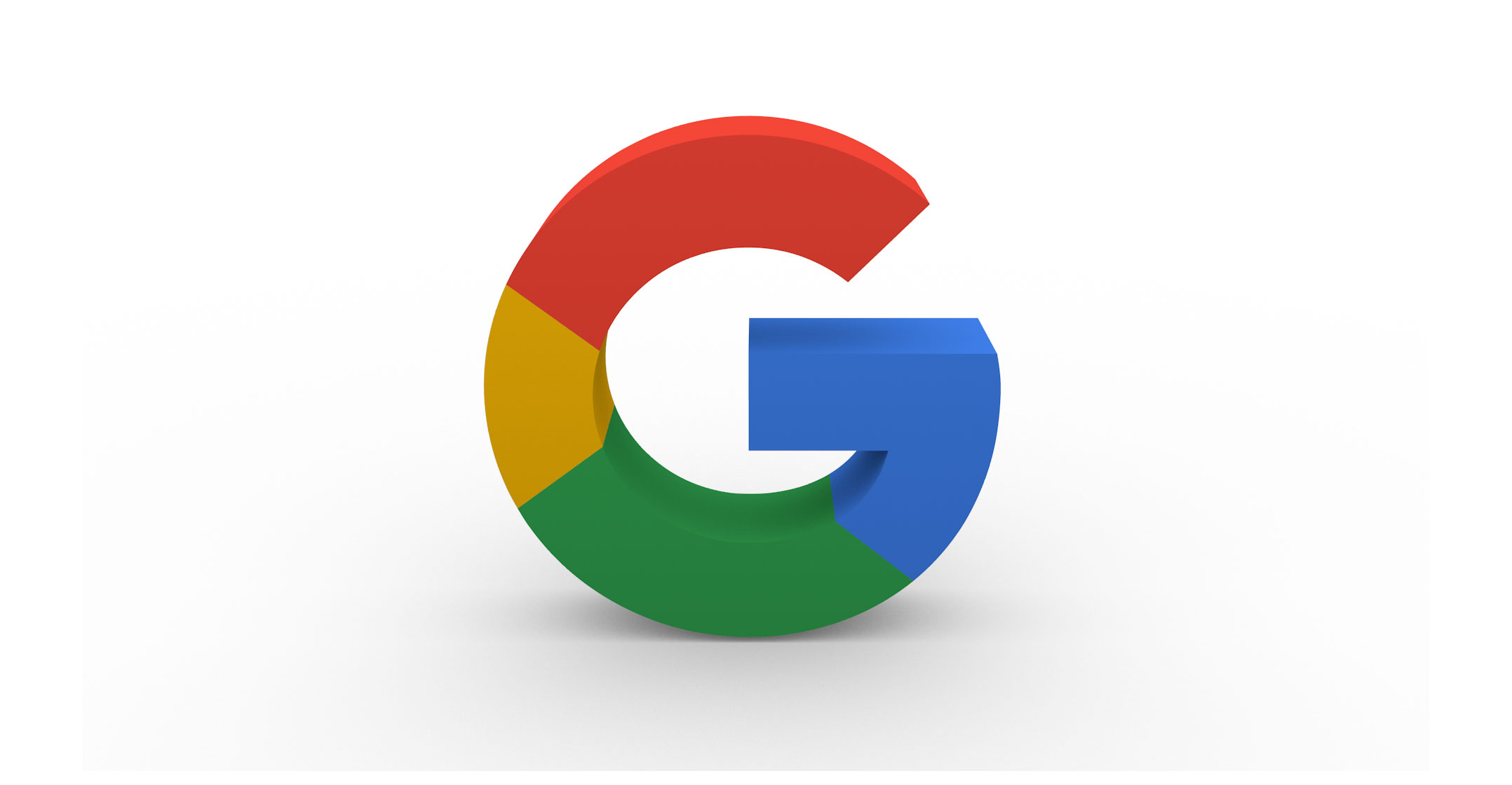 Google will build a new subsea cable linking the US, the UK and Spain, further entrenching the technology giant’s role in global Internet infrastructure.
Google will build a new subsea cable linking the US, the UK and Spain, further entrenching the technology giant’s role in global Internet infrastructure.
The fibre line, named Grace Hopper after the computer scientist, will be the first Google subsea route to Spain and one of the first new cables linking the UK and US since 2003, the company said in a statement on Tuesday.
It will join other Google subsea projects including Curie, which connects the US to Chile, Dunant, which links the US to France, and Equiano, which joins South Africa to Portugal.
The Mountain View, California-based company expects to complete Grace Hopper in 2022. A steady stream of transoceanic cables is being announced by tech giants. Facebook joined forces with telecoms carriers to better connect Africa in May. The submarine lines carry 98% of international Internet traffic, Google said.
Last year, TechCentral reported that Google and Facebook are in a race to surround Africa with high-capacity subsea broadband infrastructure.
Google contracted Alcatel Submarine Networks to build a new submarine cable that will connect Cape Town in South Africa with Lisbon in Portugal in the first phase of a planned roll-out. Known as Equiano, the Google cable is expected to be ready for service by 2021 and will be the first subsea cable to “incorporate optical switching at the fibre-pair level” rather than traditional wavelength-level switching.
Facebook, too
Google claimed the system will have 20 times the capacity of the most recent cable laid long the route, which is already served by the Sat-3, Wacs and Ace systems.
Then, Facebook is backing another venture, known as the 2Africa cable, which will encircle the continent with a fibre system. Other backers include China Mobile, MTN Group, Vodafone Group, Orange, WIOCC, Saudi Arabia’s stc and Telecom Egypt.
The parties have also appointed Alcatel Submarine Networks to build the cable in a fully funded project. The cable will be 37 000km in length, making it one of the longest in the world. It will interconnect Europe (eastward via Egypt), the Middle East (via Saudi Arabia) and 21 landings in 16 countries in Africa.
The 2Africa system is expected to go live in 2023 or 2024, delivering more than the total combined capacity of all subsea cables serving Africa today. — Reported by Thomas Seal, (c) 2020 Bloomberg LP, with additional reporting (c) 2020 NewsCentral Media




